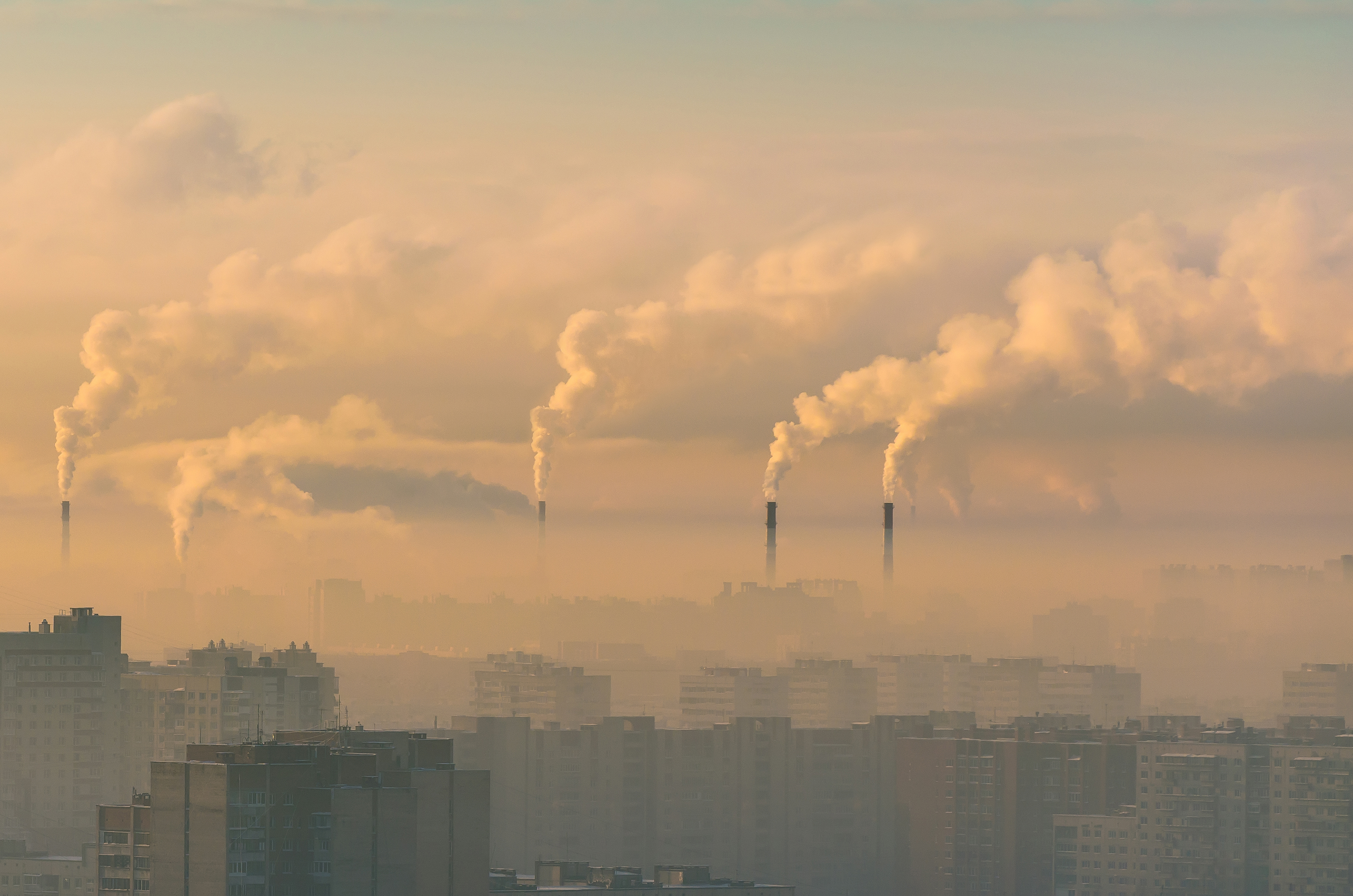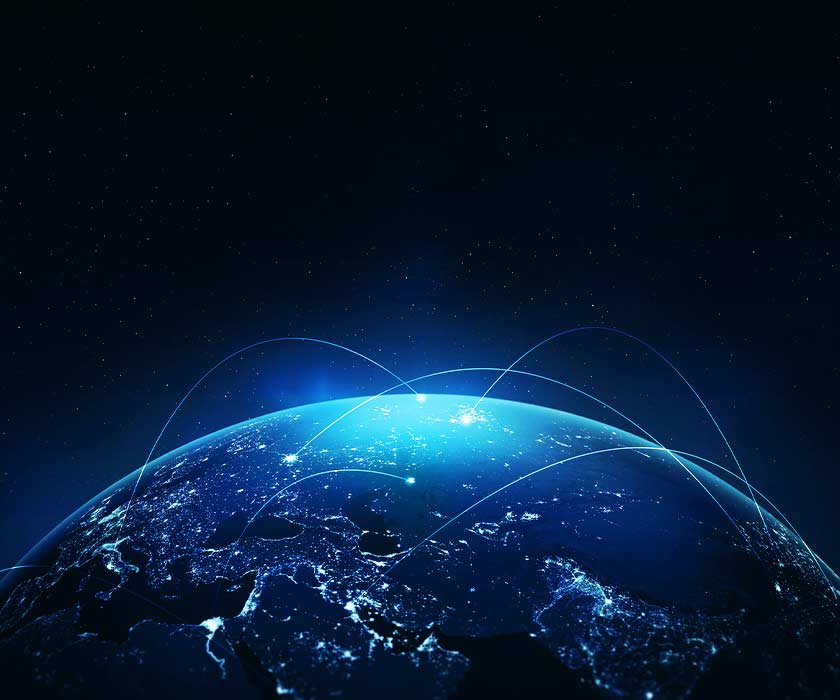Natasha Ganes
pr.na@iqair.com

Key Findings
1
Seven countries met the WHO annual PM2.5 guideline (annual average of 5 µg/m3 or less): Australia, Estonia, Finland, Grenada, Iceland, Mauritius, and New Zealand.
2
The top five most polluted countries in 2023 were:
- Bangladesh (79.9 µg/m3) more than 15 times higher than the WHO PM2.5 annual guideline
- Pakistan (73.7 µg/m3) more than 14 times higher than the WHO PM2.5 annual guideline
- India (54.4 µg/m3) more than 10 times higher than the WHO PM2.5 annual guideline
- Tajikistan (49.0 µg/m3) more than 9 times higher than the WHO PM2.5 annual guideline
- Burkina Faso (46.6 µg/m3) more than 9 times higher than the WHO PM2.5 annual guideline
3
A total of 124 (92.5%) out of 134 countries and regions exceeded the WHO annual PM2.5 guideline value of 5 µg/m3.
4
Africa remains the most underrepresented continent, with a third of the population still lacking access to air quality data.
5
Climate conditions and transboundary haze were major factors in Southeast Asia, where PM2.5 concentrations rose in nearly every country.
6
The region of Central & South Asia was home to the top ten most polluted cities in the world.
7
Begusarai, India was the most polluted metropolitan area of 2023. India was home to the four most polluted cities in the world.
8
The most polluted major U.S. city was Columbus, Ohio. Beloit, Wisconsin was the most polluted city in the U.S.
9
Las Vegas, Nevada was the cleanest major city in the U.S.
10
For the first time in the history of this report, Canada was the most polluted country in Northern America, with the region's 13 most polluted cities located within its borders.
11
70% of the real-time air quality data in the region of Latin America & Caribbean comes from low-cost sensors.
Media Library
10_Most_Polluted_Major_US_Cities_0227242023_City_Data_Availability_Pie_Chart_022724Global_Distribution_of_PM2.5_Monitoring_Stations_022724How_Air_Pollution_Affects_HumanHealth_Infographic_022224Particle_Size_Matters_Infographic_022224PM25_Annual_Guideline_Chart_022224Global_Countries_Concentrations_2023_02272410_Most_Polluted_Countries_02272410_Most_Polluted_Major_US_Cities_Histogram_022724Most_Polluted_Countries_in_the_World_in_2023_Histogram_022724




